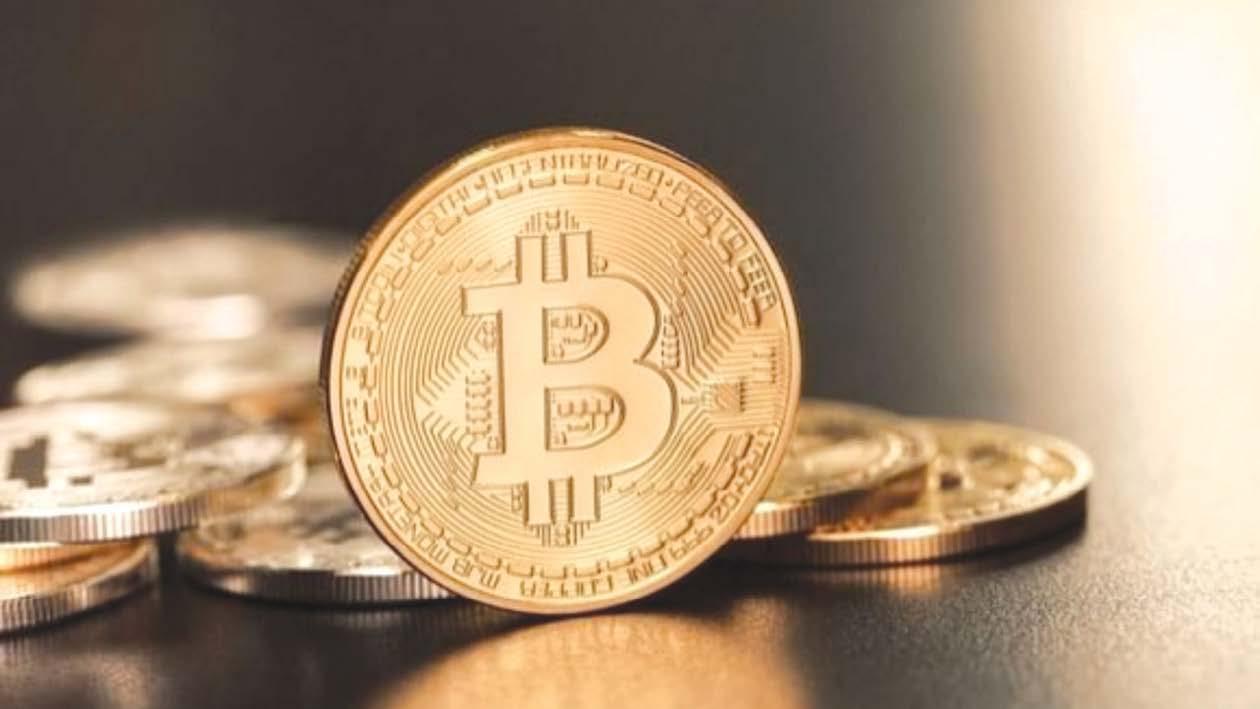
3 minute read
Your Money
High Stakes
By Allan Rolnick, CPA
Advertisement
These days, it seems like every time you open your laptop, some crypto-bro is philosophizing about the brave new world of cryptocurrency. Today it’s our turn to jump on that bandwagon. We’re not going to tackle the existential questions, like “is crypto really just astrology for libertarians?” We can’t tell you whether cryptocurrencies or their underlying blockchains offer bigger long-term opportunities. But we can tell you why a taxpayer who’s smart enough to understand this whole field would do something dumb like turning down a $3,793 tax refund.
Most of us are familiar with the concept of crypto “mining.” At the risk of indulging an unkind stereotype, that’s when one of those geeks you resented for saying, “math is easy!” back in school sits down with a rack of computers and goes to work solving an algorithm. (Fun fact: they’re called “algorithms” because Al Gore invented the internet.) After enough processing time, the computer belches out a new coin. That coin is taxable as ordinary income when you earn it – and if all goes well, you’ll pay more tax on your gain when you sell it for a profit down the road.
The problem with mining is that it uses enormous amounts of energy, usually derived from fossil fuels. Each bitcoin transaction uses enough electricity to power a typical American home for six weeks, and the Earth cries a little every time a new coin is minted. “Staking” is a way to earn income similar to mining without feeling guilty that you’re condemning
future generations to a diet of Soylent Green. The process involves buying coins, holding them in a wallet to support the blockchain and validate transactions, then earning new coins as a reward.
Today’s question is simple: when do you pay tax on your staking income? Staking creates new property, for sure, just like mining. But staking income isn’t earned, like mining. It’s passive, like finding gold on your property.
In 2019, Joshua Jarret’s staking earned him 8,876 Tezos coins, worth $9,407. (Tezos is an open-source blockchain combining FA1.2, FA2, and TZIP-16 token standards with on-chain governance that lets users amend the protocol to avoid hard forks. It also protects against chain
reorganizations and selfish baking, which are common problems with chains using Nakamoto-style consensus. Don’t worry, I have no clue what any of that means, either.)
At first, Jarrett reported the $9,407 as income and paid $3,793 in tax, just like he would have if he had mined the coins. But then he amended his return to argue his striking income shouldn’t have been taxed. When the IRS failed to respond, he took his case to Tax Court. It’s “just like when a baker bakes a cake,” he argues. There’s no income to tax until the baker actually sells the cake.
Jarret’s argument is strong enough that late last year the IRS agreed to refund him in full, plus interest. At first glance, he said, it seemed like great news. But just taking the refund won’t protect him from future taxes down the road. More important, it won’t establish a precedent protecting fellow stakers. Jarret and his supporters want the Court to issue a judgment confirming that staking isn’t taxable until you sell the new coins. Why settle for trusting the IRS when you can recruit the Tax Court to your side?
It’s hard to see Jarrett losing after the IRS folds. His win could prompt thousands of stakers to file amended returns claiming refunds for taxes they didn’t really owe. More important, it will help future crypto investors plan the best way to manage their holdings to minimize their tax. That should be a win in everyone’s book, whether you buy into crypto or not.
Allan J Rolnick is a CPA who has been in practice for over 30 years in Queens, NY. He welcomes your comments and can be reached at 718-896-8715 or at allanjrcpa@aol.com.









